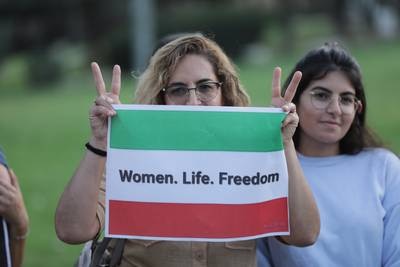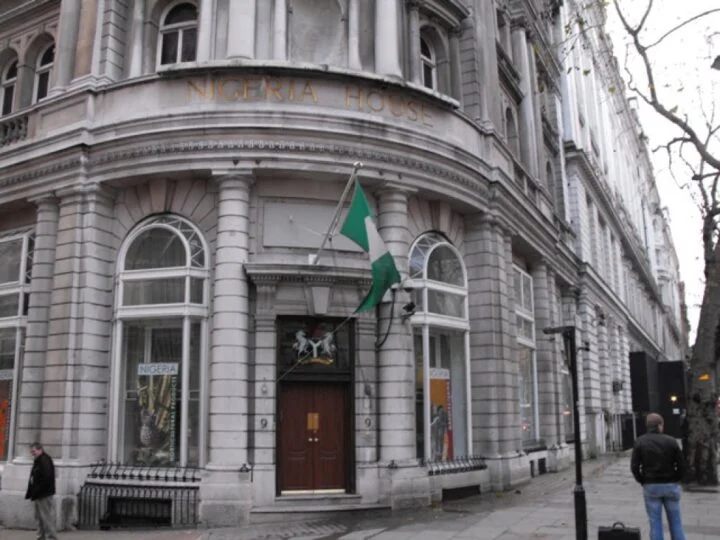US Issues Fresh Iran-related Sanctions
The US on Thursday imposed sanctions on top Iranian officials, including the interior and communications ministers.
The move comes days after US President Joe Biden said Washington would increase costs on Iranian officials tied to violence against protesters.
Brian Nelson, the under secretary of the Treasury, said Washington is determined to punish those who are behind the crackdown on protests, now approaching their fourth week, over the death of Mahsa Amini in morality police custody.
“The United States condemns the Iranian government’s internet shutdown and continued violent suppression of peaceful protest and will not hesitate to target those who direct and support such actions,” Mr Nelson said.
The sanctions were announced by the US Treasury on its website and hit seven senior leaders within Iran’s government and security apparatus. These include Iran’s Minister of the Interior Ahmad Vahidi and Minister of Communications Eisa Zarepour.
Sanctions were also slapped on five senior security officials, including Yadollah Javani, deputy political commander of the Islamic Revolutionary Guards Corps (IRGC); Vahid Mohammad Naser Majid, head of the Iranian Cyber Police; and Hossein Nejat, an IRGC commander and close associate of Iran’s supreme leader Ali Khamenei.
A protest for Mahsa Amini, a woman who died after being arrested by the Islamic republic’s ‘morality police’, in Tehran. AFP
A protest for Mahsa Amini, a woman who died after being arrested by the Islamic republic’s ‘morality police’, in Tehran. AFP
They also hit top leaders of the Law Enforcement Forces (LEF), including Hossein Sajedinia, deputy operations commander, and Hossein Rahimi, the LEF police chief in Tehran.
Henry Rome, an Iran watcher and a senior fellow at the Washington Institute for Middle East Policy, said the impact of the sanctions is more political than it is material.
“The designations probably would not materially affect the calculus of those perpetrating the crackdown,” Mr Rome told The National.
But he said that they serve the important purpose of showing international support for the protesters.
“They are a way for the US to disseminate credible information about the scope and scale of repression in Iran, they are a sign of support for the peaceful protesters and they lay the groundwork for other countries to adopt similar sanctions regimes in an effort to build international cohesion.”
Human rights organisations have reported that hundreds may have been killed in the protests.
On Thursday, Amnesty International accused Iranian security forces of killing at least 66 people, including children, and injuring “hundreds of others after firing live ammunition, metal pellets and teargas at protesters, bystanders and worshippers during a violent crackdown” after Friday prayers in Zahedan as well as Sistan and Baluchestan provinces.















Post Comment